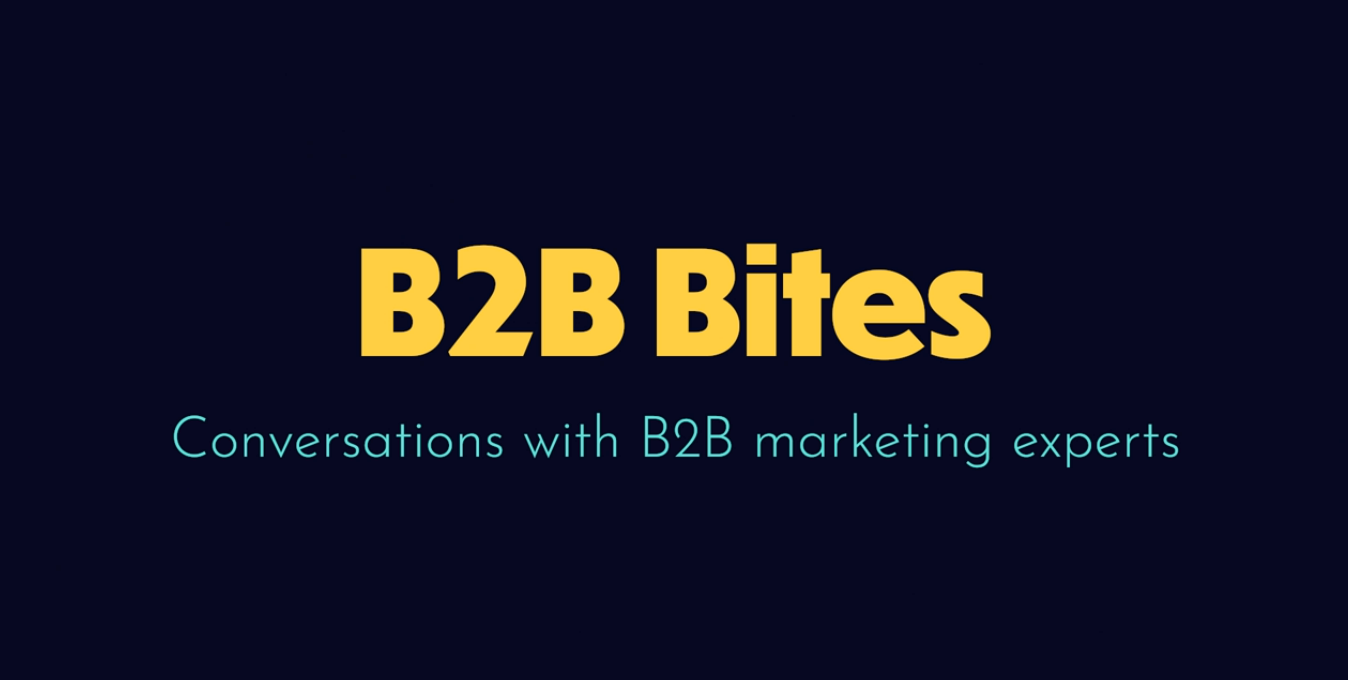Adopting an inbound marketing strategy and generating measurable results on the web isn’t something a company can accomplish overnight. Inbound is a gradual, organic process that requires a bit of time, effort, discipline and patience to succeed.
At first glance, inbound marketing returns may make a program seem like it’s not worth the wait. Believe us, if your company sticks with it, and keeps devoting time to crafting an excellent inbound program, you’ll see the results that inbound is known for. Our clients have typically seen results after 6 to 12 weeks of inbound activity.
Inbound marketing is, in this sense, more akin to marketing farming than anything else; it requires patience and ongoing effort on your part, but in the end, you reap what you sow. All the blogs, offers, social posts and media you create within your inbound program interact to attract consumers and bring in the leads your company is after.
The Difference Between Inbound and Traditional Marketing
As opposed to traditional or outbound marketing techniques, which are easy to develop, promote, and carry instant, albeit watered-down gratification, inbound marketing generates high quality, sustainable results over time. The immediate response you see from traditional marketing dissipates in the blink of an eye, while inbound contacts are groomed organically from visitors to leads, and leads to customers.
Leads and conversions generated by traditional marketing typically results in lead-to-customer conversion rate of around (or even less than) 2%; compared to the combined 28% rate of search engine optimization (SEO), referrals and social media, traditional marketing's weaknesses become clear.

Inbound marketing results are more gradually acquired than outbound results, and are often much higher in quality. The more visitors and online leads are exposed to your brand naturally, the stronger the trust you establish with them. This trust, along with the consistent and informative content you provide your audience, is what ultimately drives the buying decision. The leads you generate with inbound accumulate over time, and ultimately result in greater buyer engagement than outbound.

Inbound calls for consistency and marketing legwork on your behalf, but pays for itself in terms of qualified, engaged leads that organically accrue over time. It’s the marketing strategy that keeps on giving, so long as you invest in the world of inbound wholly, and give it the effort and time it takes to naturally build results.
The various facets of inbound all work in tandem with one another, building consumer trust and establishing your brand in a buyer-centric way. This includes your:
- Content (blogs, infographics, pages, media, etc.)
- Calls-to-Action, forms and other conversion elements
- Social media activity
- Offers (long-form ebooks, white papers and videos, to name a few)
- Analytics and hosting tools
The time to start inbound is now
The best time to start an inbound marketing program was yesterday; the second best time to start is now. Outbound marketing isn’t what your audience wants to see in the information age, where everything is instantaneous, and content user-dictated. Consumers are in control, and giving these consumers relevant, interest-based content to educate is the most powerful way to get an “in” with them.
It takes a user split seconds to decide to read your content or click elsewhere. Adopting an inbound methodology, in this case, provides those users with information relative to their interests, concerns or problem points: they come to your site already interested in what you have to say. This is the foundation, and greatest strength, of inbound.
It’s certainly not too late to get on board with inbound, and the sooner you implement these strategies within your current marketing, the sooner you’ll generate results akin to what inbound is known for. Marketing itself has changed. It’s no longer about cold-calling audiences and posting ads, but rather engaging with and educating potential buyers.









